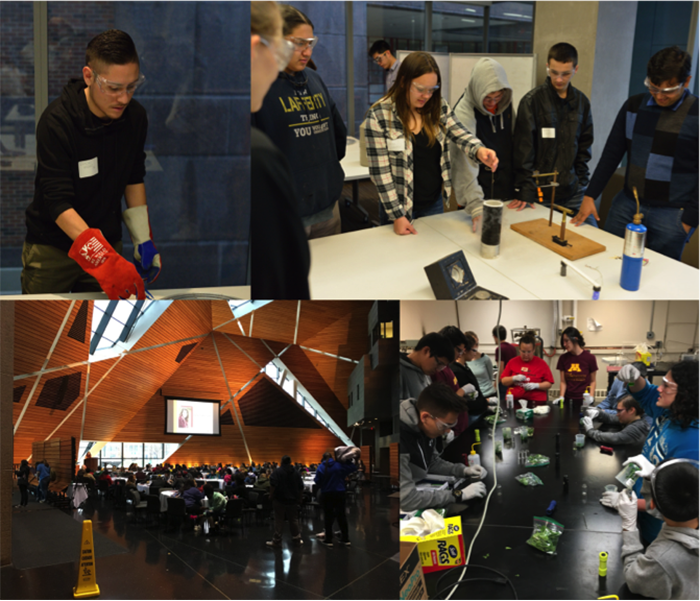The notion of handedness or chirality (Greek for “hand”) is ubiquitous in chemistry, biology and physics. In quantum field theory, all massless particles (e.g. neutrinos) are chiral. The left- and right-handed populations are independent and never mix (Fig. A). However, inter-conversion occurs once electromagnetic fields are turned on.


